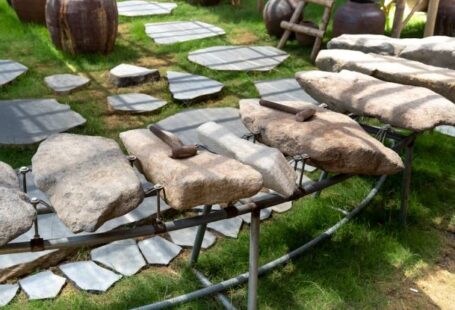Manual map making requires a unique set of tools that are essential for creating accurate and detailed maps. Whether you are a cartographer, explorer, or simply enjoy creating maps as a hobby, having the right tools at your disposal can make the process much more efficient and enjoyable. In this article, we will explore the key tools that are indispensable for manual map making.
Understanding the Essential Tools for Manual Map Making
Compass and Protractor
A compass and protractor are fundamental tools for manual map making, allowing you to accurately determine directional bearings and angles. A compass is essential for establishing true north, which serves as a reference point for orienting your map. Meanwhile, a protractor is useful for measuring angles and plotting precise locations on your map. Together, these tools enable you to maintain proper orientation and ensure the accuracy of your map’s layout.
Pencil and Eraser
While it may seem basic, a reliable pencil and eraser are essential tools for manual map making. A pencil allows you to sketch out your map’s features with ease, providing the flexibility to make adjustments as needed. Additionally, an eraser enables you to correct mistakes and refine the details of your map without compromising its overall quality. The simplicity of these tools belies their importance in the map making process.
Ruler and Scale
A ruler and scale are indispensable for creating maps with accurate measurements and proportions. A ruler helps you draw straight lines and maintain consistent spacing between features on your map. Additionally, a scale allows you to convert real-world distances into scaled representations on your map. By using these tools in conjunction, you can ensure that your map accurately reflects the spatial relationships between different elements.
Paper and Grid
Quality paper and a grid template are essential for providing a stable surface on which to create your map. The choice of paper can impact the durability and appearance of your final map, so selecting a suitable weight and texture is crucial. A grid template, whether printed or drawn, can help you maintain a consistent scale and alignment throughout your map. By utilizing these foundational materials, you can enhance the overall clarity and precision of your map.
Coloring Tools
Adding color to your map can enhance its visual appeal and convey additional information effectively. Colored pencils, markers, or paint can be used to differentiate between various features such as forests, water bodies, and elevation levels. By carefully selecting and applying colors to your map, you can create a more engaging and informative representation of the landscape. Experimenting with different color schemes can also help you convey specific themes or moods in your map.
Finishing Touches
In addition to the essential tools mentioned above, there are several finishing touches that can elevate the quality of your manual map. Using a fine-tipped pen for outlining key features can make your map more visually striking and professional-looking. Adding labels and a legend to identify different elements on your map can enhance its readability and usability. Finally, considering the overall composition and balance of your map can help create a visually appealing and cohesive final product.
Incorporating these tools into your manual map making process can help streamline your workflow and improve the accuracy and aesthetics of your maps. By understanding the unique functions of each tool and how they complement one another, you can create maps that are both informative and visually engaging. Embrace the creative possibilities that manual map making offers, and let these essential tools guide you in bringing your cartographic visions to life.





